Want to spin perfect cylinders or bowls? No tool beats the lathe!
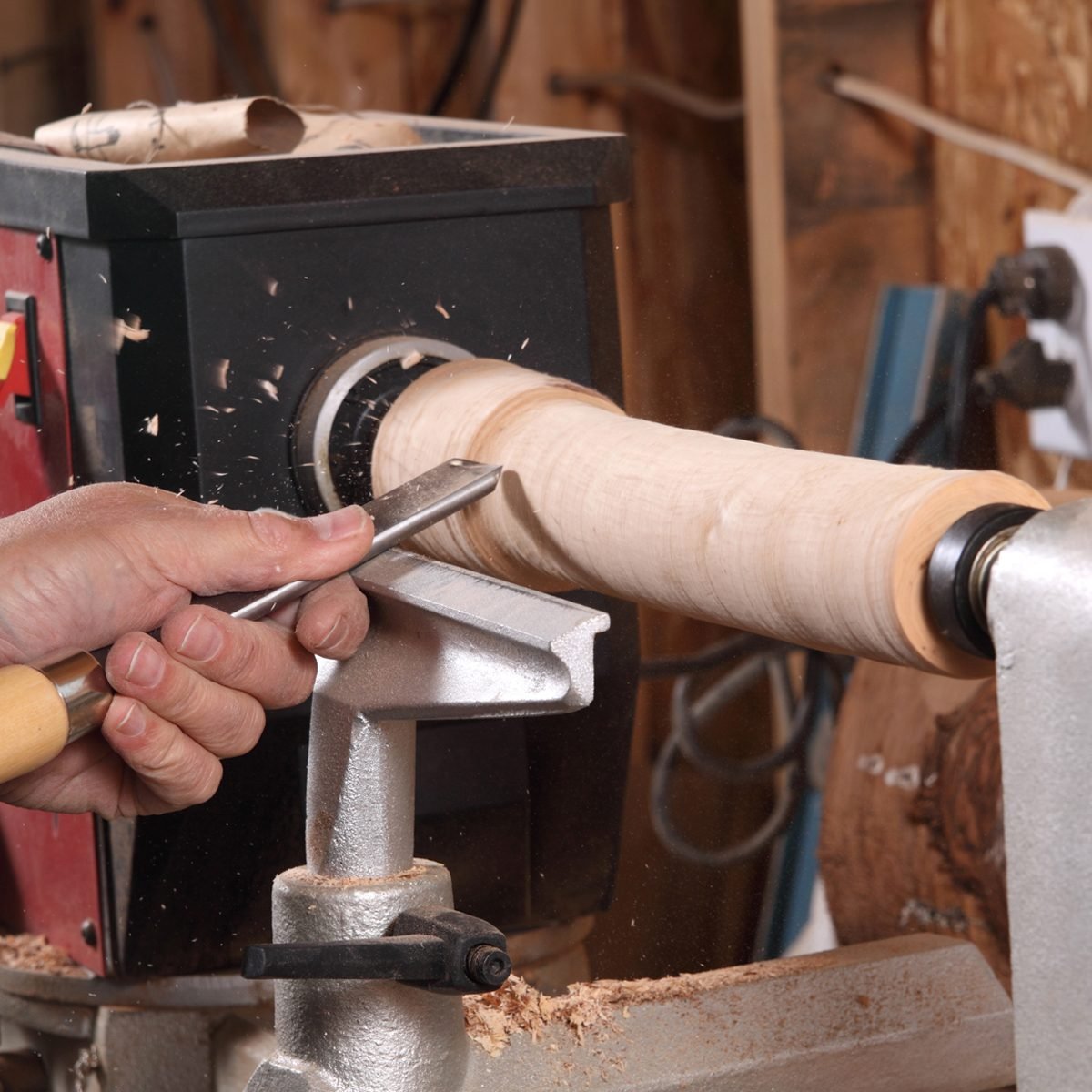
Everything You Need To Know About Lathes

Before I used a lathe for woodturning, I always looked at the machine and process with a sense of wonder. Watching a woodturner at a craft fair, with a part spinning at full speed and chips flying, filled me with a sense of romance.
When I finally used one, I was not disappointed. My first pieces weren’t works of art. But they were perfectly round, and this little tase of lathe work whetted my appetite for more.
On This Page
What is a Lathe?
Similar to a potter’s wheel in ceramics, the lathe spins a wooden part on a central axis, creating cylindrical objects. And like a potter’s wheel, it’s an ancient tool; turned wooden parts trace back to the sixth century B.C.
Sharp chisels supported by the lathe tool rest are integral to the operation of a lathe. No machine can create bowls or spindles like a lathe.
How Does A Lathe Work?
A lathe usually sits on a bench, legs or heavy column, with the spinning axis horizontal. A wooden blank is mounted to the motor end, or headstock.
While the part spins, turning tools, also called chisels, sit on the tool rest. They’re gently pushed into the spinning workpiece, carving the wood into shape.
The distance between the headstock and tailstock determines how long a part can be turned, while the distance between the center of the axis to the bed determines how large in diameter a part can be turned.
Short pieces, like bowls or platters, are mounted firmly to a plate that screws to the headstock. Slender pieces more than 10 or 12 inches long, like chair or stair spindles, are generally supported on each end. One is mounted to the headstock, and the other to the tail stock.
Types of Lathes
Lathes are typically categorized by size depending on the kind of turning desired. Small, intricate parts are turned with smaller lathe chisels. Large parts need tools with long handles to manage the greater forces generated by larger, heavier work pieces. Smaller lathes also come with accessories suited to that size of work.
Mini-Lathe
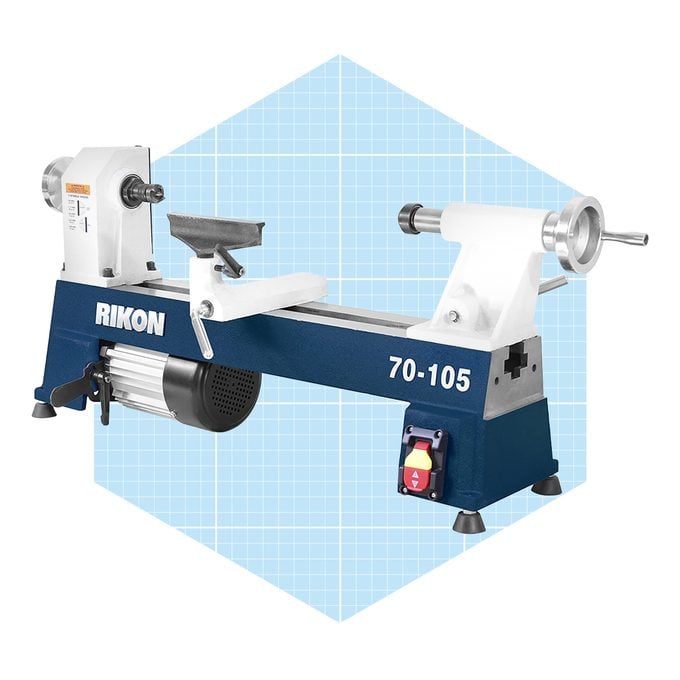
The mini-lathe is ideal for turning objects like pens and chopsticks in the quiet of one’s basement.
The Rikon Mini-Lathe offers five speeds and can turn a part up to 18-in. long and 7-in.-dia. Small motors (about 1/2-horsepower) can be plugged into a conventional residential outlet. Though cast iron, this mini-lathe weighs less than 75 pounds and can be installed relatively easily.
Midi-Lathe
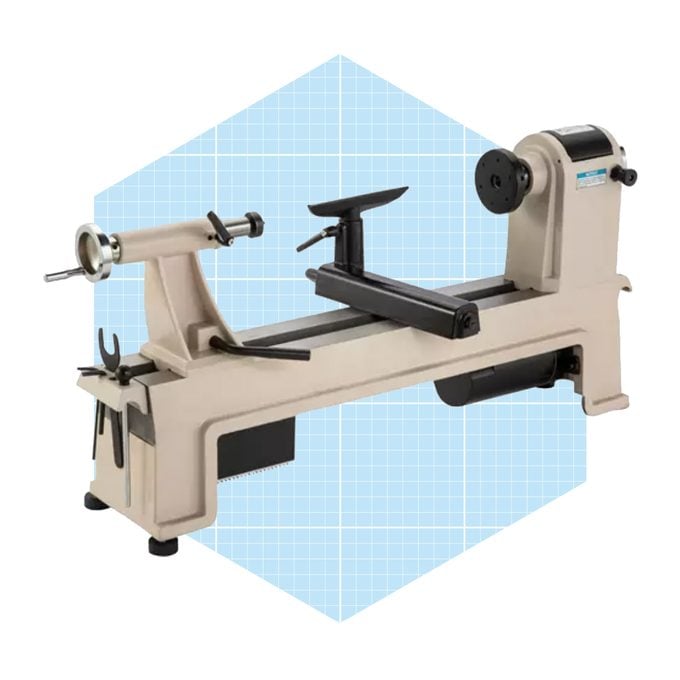
Larger and more powerful, the midi-lathe can sit on a bench or legs. The Grizzly Variable Speed Bench-Top Wood Lathe can turn a part 20-in. long and 14-in.-dia. These larger parts require a more powerful motor and heavier, more robust frame to absorb the vibration.
While these don’t require any additional skill to operate than larger lathes, greater forces demand lathe tools with longer handles. Lathes of this scale still generally can be plugged into a surge-protected residential outlet.
Full-size lathe
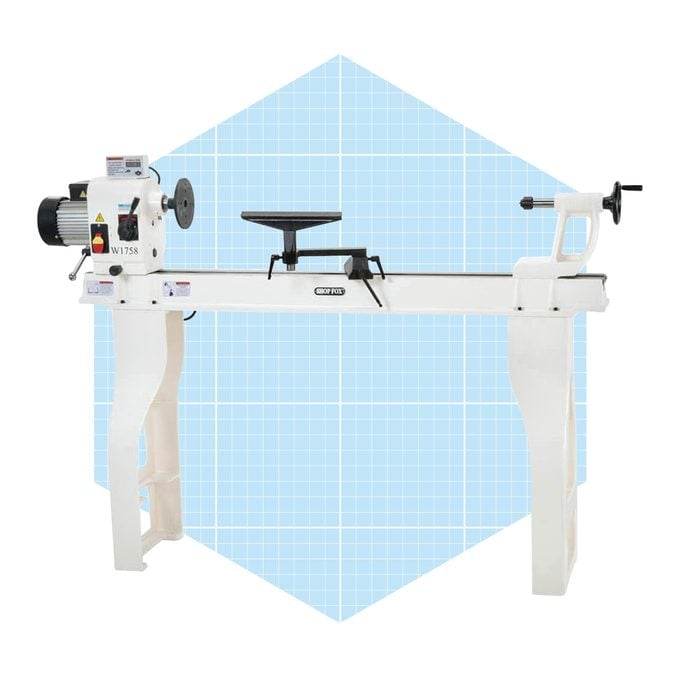
These can turn just about anything, spinning parts two feet and longer and 18 inches or more in diameter. These excel at turning furniture-sized pieces like chair legs and the like.
Lathes like the Shop Fox Wood Lathe come with cast iron legs and weigh more than 330 pounds, providing mass to counteract the greater spinning weight of larger blanks. While this machine can turn a part up to 46 inches long, bed extensions allow turning items like solid bed posts.
The distance between the center of the motor and the bed limits bowl turning, so some heads swivel to make room. A separate tool rest is necessary for this type of work.
What To Consider When Buying A Lathe
What type of work do you want to make? In this case, larger isn’t necessarily better. Each type allows one to engage in turning, just at a different scale. Some considerations:
Cost
Mini- and midi-lathes are much less expensive and are great for small projects like bottle stops or drawer pulls. Full-size, fully outfitted lathes can quickly top $5,000, whereas smaller lathes run around $500.
Size
Smaller machines are easier to install, and each part weighs much less! If you’re only making small objects or pens and working out of your basement, the mini- or midi-lathe is a great option.
Power
Most mini- and midi-lathes plug into a house outlet, but many full-size machines with larger motors require increased amperage. Consult with an electrician for your specific needs.
Lathe Maintenance and Repair
Lathes are among the simplest tools. Most modern motors require little maintenance, and the lathe motor is no exception. Because the lathe bed is rarely painted, it’s prone to rust development and should be regularly cleaned and waxed. If rust accumulates over time, the bed can become pitted.
Everything Else You Need To Know
Full-size machines need more tools
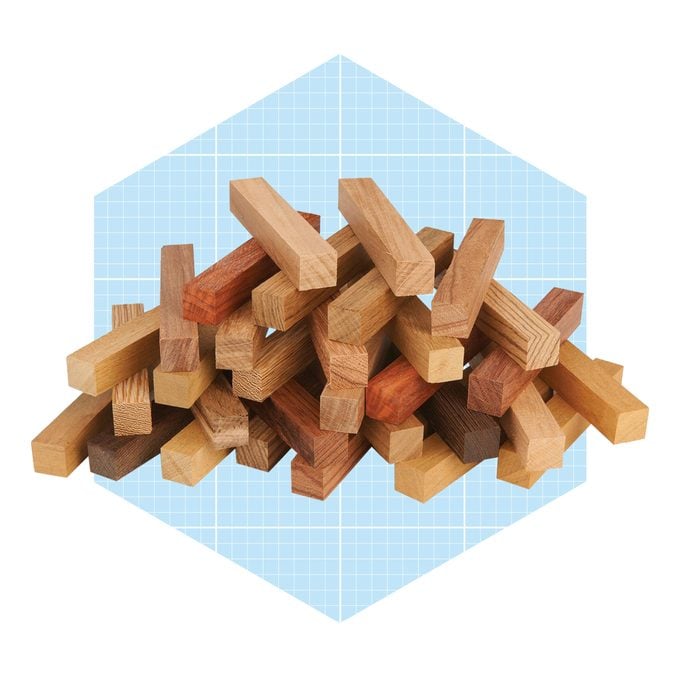
Larger machines utilize larger workpieces, so you’ll need a chainsaw, bandsaw or other tools. Logs must be turned into parts before mounting on a lathe. Small machines, on the other hand, can use parts sold a small lathe, like 32 Pieces of African Hardwood for pens.
Keep your tools sharp
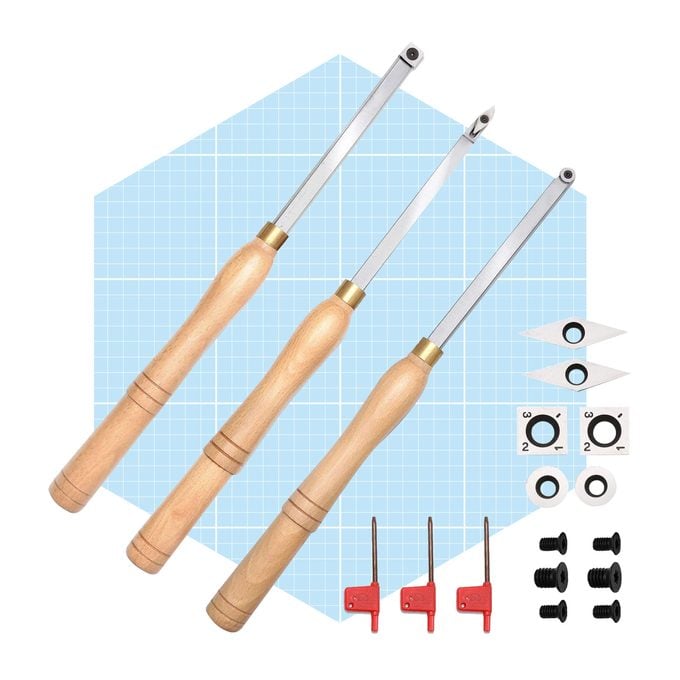
Dull tools are dangerous and inaccurate. No matter the size or scale of your work, you’ll need a way to maintain sharp tools.
Traditionalists use a grinder, but you also can buy lathe tools with replaceable carbide tips. This set of three full size tools with replaceable tips is a bargain.
Protect yourself
Lathes are quiet so you can skip the hearing protection. But eyewear is a must, and wearing a dust mask or respirator is recommended. Keep your hair tied up and sleeves rolled up; the spinning parts can grab loose fabric and pull it into the machine.




















